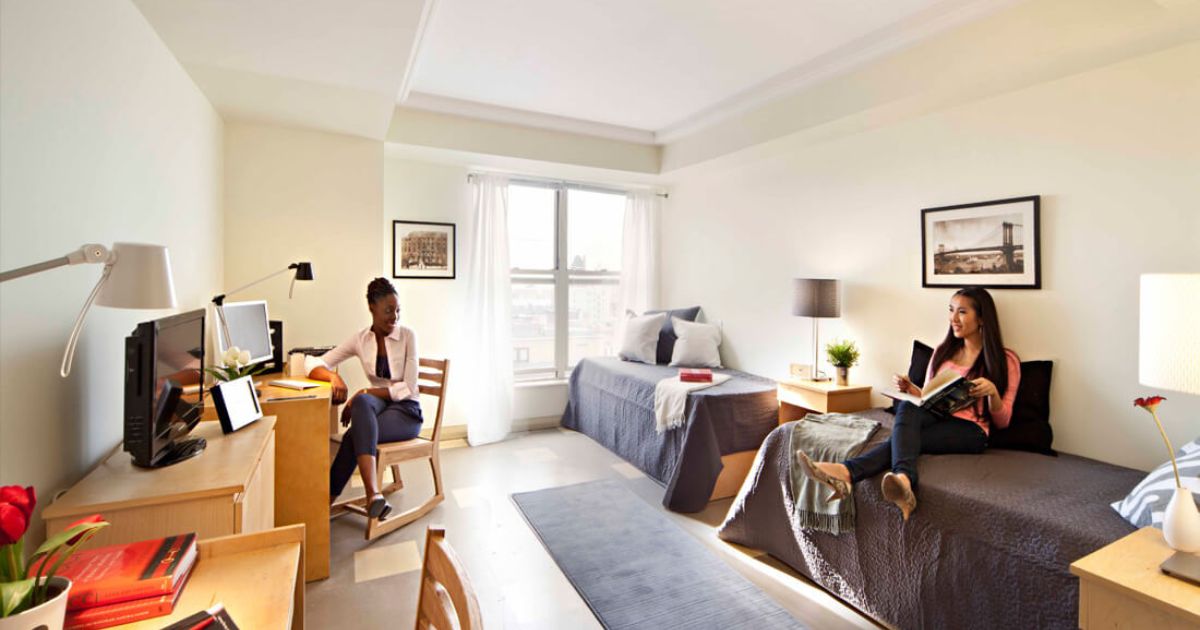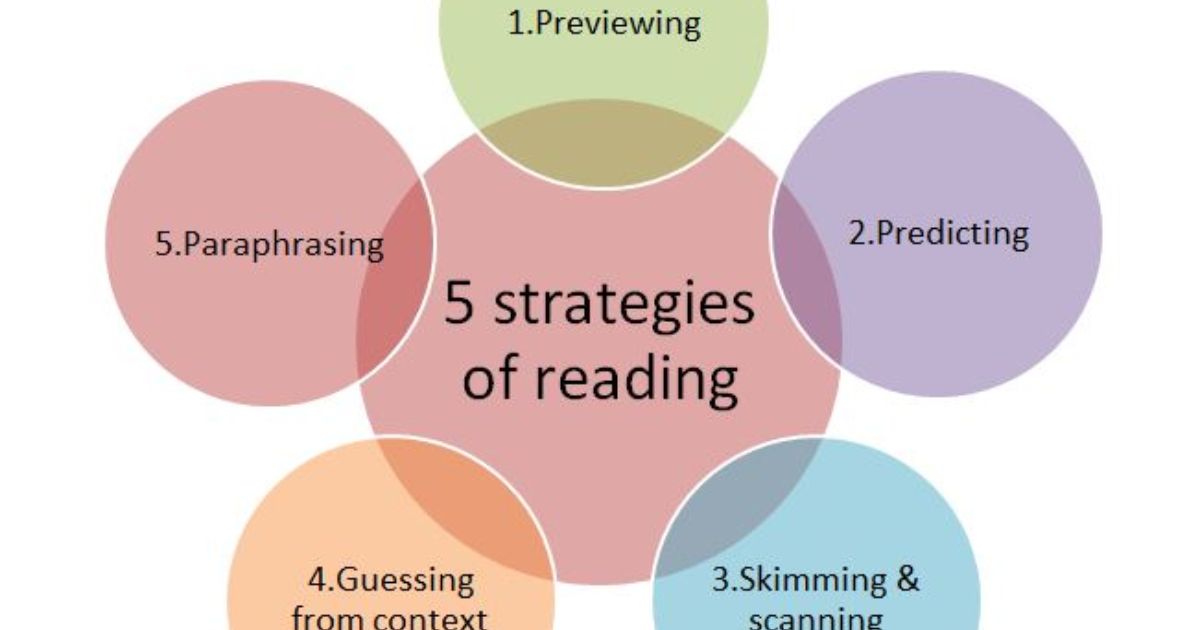Comparing the contrasting features and services between business class and first class is a subject of interest for those seeking to understand the differences in luxury air travel options. This article aims to provide an informative, objective analysis of the distinctions in comfort, amenities, food and beverage services, pricing, and overall value between these two premium classes. By examining these factors comprehensively, readers will be able to make informed decisions when choosing between business class and first class for their future air travel experiences.
Key Takeaways
• Business class tickets are generally more affordable than first class tickets.
• Business class seats usually recline to a flat position for sleeping, while first class seats often have more space and privacy.
• Both classes offer larger and more comfortable seats compared to economy class, with business and first class cabins offering more legroom and storage space.
• Business and first class passengers receive better quality food, premium meals, and beverages compared to economy class, and may have access to exclusive dining options and in-flight entertainment systems.
Key Features of Business Class and First Class
The key features of business class and first class can be distinguished by their seating arrangements, in-flight services, and access to exclusive airport facilities. In terms of seating arrangements, both classes offer more spacious and comfortable seats compared to economy class. However, first class typically provides larger seats that can fully recline into a flat bed, whereas business class may offer partially reclining seats with additional legroom. Regarding in-flight services, both classes usually include premium meals and beverages served on fine china or glassware. However, first class often offers an extensive menu selection prepared by renowned chefs and may provide personalized service from dedicated cabin crew members. Additionally, access to exclusive airport facilities such as luxury lounges equipped with amenities like spa treatments and private suites is generally only available for first-class passengers.
Booking Options for Business Class and First Class
Booking options for these two categories of air travel can vary significantly. When it comes to booking business class and first class tickets, travelers have several options available to them. Here are three common booking options:
1. Directly through the airline: Many airlines offer the option to book business class and first class tickets directly through their website or customer service center. This allows travelers to have direct access to the airline’s inventory and pricing.
2. Travel agencies: Travel agencies specialize in assisting customers with all aspects of travel planning, including booking flights. They often have access to exclusive deals and discounts on business class and first-class tickets.
3. Online travel platforms: Online travel platforms such as Expedia, Kayak, or Skyscanner also provide a convenient way to compare prices and book flights across multiple airlines. These platforms often offer additional features like flexible date searches and fare alerts.
Differences in Comfort and Amenities

Passengers traveling in the higher-tier categories of air travel have access to a range of amenities and enhanced comfort that distinguishes their experience from those in lower classes. Business class passengers, for instance, typically enjoy larger seats that can recline into fully flat beds, providing better sleep opportunities during long-haul flights. They also benefit from priority check-in and boarding, as well as access to exclusive airport lounges where they can relax before departure.
First class passengers generally receive an even higher level of luxury and privacy compared to business class. This includes more spacious suites or cabins with doors for increased privacy, personal butler service, and access to premium amenities such as shower facilities on some airlines. The differences in comfort and amenities between business class and first class create distinct experiences for passengers seeking a heightened sense of belonging while flying.
Moving on to comparing food and beverage services…
Comparing Food and Beverage Services
Comparing the food and beverage services offered in different tiers of air travel reveals variations in quality, variety, and presentation that cater to the diverse preferences of passengers.
1. Quality: In first class, airlines often provide gourmet meals prepared by renowned chefs. The ingredients are carefully selected to ensure freshness and taste. Business class also offers high-quality meals but may not match the level of luxury found in first class.
2. Variety: First-class passengers enjoy a wider range of menu options with multiple courses available. Business class typically offers a smaller selection but still provides a decent variety of dishes.
3. Presentation: First-class dining is known for its elegant presentation with fine china, linen napkins, and elaborate table settings. Business class maintains a more casual yet sophisticated approach to presentation.
These differences allow airlines to tailor their food and beverage offerings to meet the expectations and desires of passengers in each tier while ensuring a sense of belonging among them.
Understanding Pricing and Value
Understanding the pricing and value of different tiers of air travel allows airlines to offer a range of options that cater to various budgets and preferences. Business class and first class are two premium cabin options that provide enhanced comfort, amenities, and services compared to economy class. The pricing for these classes is higher due to the added luxury and exclusivity they offer. Business class generally offers larger seats with more legroom, lie-flat or angled beds, priority boarding, access to airport lounges, gourmet meals, and an extensive selection of beverages.
First class takes luxury even further by providing private suites or enclosed cabins, personalized service from dedicated staff members, fine dining experiences with high-quality cuisine and wine selections, luxurious bedding and amenity kits, as well as exclusive access to additional perks like onboard showers or spas. The value in these premium classes lies in the enhanced comfort, convenience, privacy, and overall experience they provide for passengers seeking a more lavish travel journey.
Choosing Between Business Class and First Class
When deciding between premium cabin options, passengers may consider the distinct features and amenities offered by each tier. To help in this decision-making process, the following three points highlight the key differences between business class and first class:
1) Seating: Business class generally offers spacious lie-flat seats with ample legroom and adjustable features. First class, on the other hand, often provides even more luxurious seating options such as private suites or enclosed cabins.
2) Services: Both classes typically include priority boarding, dedicated cabin crew, and upgraded dining options. However, first-class passengers may enjoy additional perks like personalized service, exclusive lounges, and enhanced entertainment systems.
3) Pricing: Naturally, first-class tickets tend to be more expensive than business class due to the higher level of luxury provided. Passengers should consider their budget and travel priorities when choosing between these two options.
Ultimately, the choice between business class and first class depends on personal preferences for comfort, privacy, and overall experience.
Tips for Upgrading to Business Class or First Class
Moving on to the current subtopic, this section will provide tips for passengers who wish to upgrade their travel experience from economy class to either business class or first class. Upgrading to a higher class can offer enhanced comfort and amenities during the flight. One tip is to join loyalty programs offered by airlines, which often grant members access to exclusive benefits and upgrades.
Another strategy is to book flights during off-peak times when there may be more availability for upgrades. Passengers can also consider bidding on upgrades through an airline’s auction system or purchasing upgrade certificates if available. Additionally, it is important to check with the airline in advance about any special promotions or discounts that may apply for upgrading tickets. By following these tips, passengers have a higher chance of enjoying the perks of business class or first class travel.
Conclusion
In conclusion, understanding the difference between business class and first class can help travelers make informed decisions when booking their flights. While both classes offer enhanced comfort and amenities compared to economy class, first class generally provides a higher level of luxury and personalized service. However, it is important to note that the pricing for first class tickets can be significantly higher than business class tickets. One interesting statistic to evoke emotion in the audience is that only around 5% of global air travelers fly in either business or first class, highlighting the exclusivity and privilege associated with these travel experiences.








